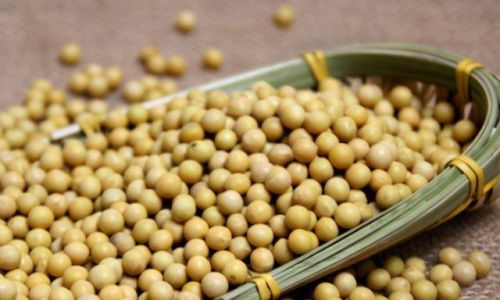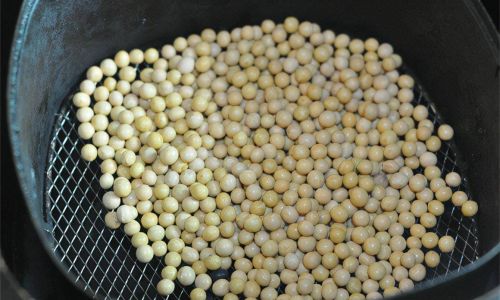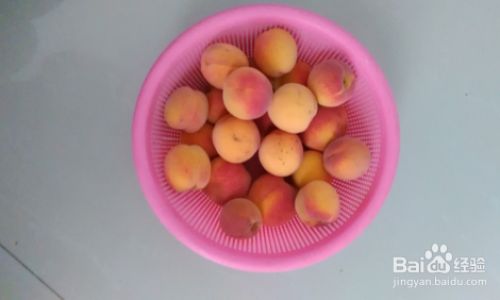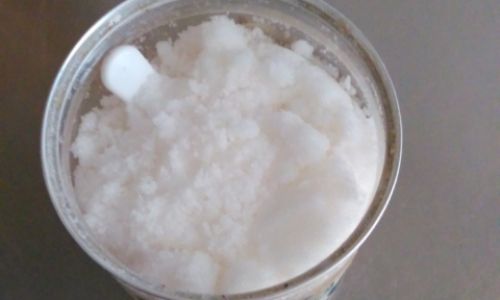Introduction
Cooking fresh legumes, particularly black and yellow soybeans, is a delightful culinary endeavor that not only enhances the nutritional value of your meals but also introduces a variety of textures and flavors to your diet. These beans are rich in protein, fiber, vitamins, and minerals, making them a staple in many healthy eating plans. However, achieving the perfect doneness when boiling these beans can be a challenge, especially for those who are new to cooking them. This article aims to provide a comprehensive guide on how to cook fresh black and yellow soybeans, focusing on the crucial aspect of boiling time to ensure they are tender, flavorful, and nutritious.
Understanding the Differences Between Black and Yellow Soybeans
Before diving into the cooking process, it’s essential to understand the distinct characteristics of black and yellow soybeans. Both types belong to the Glycine max species, but they vary in color, texture, and subtle flavor nuances.
Black Soybeans:

- Color: As the name suggests, black soybeans have a dark, almost inky hue.
- Texture: They tend to be smaller and denser than yellow soybeans, which can affect cooking time.
- Flavor: Black soybeans offer a slightly nutty and earthy flavor profile, making them an excellent choice for dishes that require a deeper, more complex taste.
Yellow Soybeans:
- Color: These beans are a bright, cheerful yellow.
- Texture: Yellow soybeans are typically larger and may have a softer texture when cooked compared to black soybeans.
- Flavor: They have a mild, slightly sweet taste that pairs well with a variety of seasonings and ingredients.
Preparation Before Boiling
Achieving the perfect cooked beans starts with proper preparation. Here are some essential steps to follow before you begin boiling:
-
Sorting and Rinsing: Begin by sorting through the beans to remove any stones, debris, or discolored beans. Rinse the beans thoroughly under cold running water to remove any dirt or surface impurities.
-
Soaking (Optional but Recommended): Soaking beans overnight or for at least 6-8 hours in cold water can significantly reduce cooking time and help the beans cook more evenly. Soaking also helps to soften the bean’s outer skin, making them more tender. If you’re pressed for time, you can use the quick soak method: bring the beans and water to a boil for 2-3 minutes, then remove from heat, cover, and let them soak for 1-2 hours.
-
Fresh Beans Consideration: If you’re using freshly harvested beans, soaking may not be necessary as they tend to be more tender and cook faster. However, a quick rinse is always recommended.
Boiling Fresh Black and Yellow Soybeans: The Perfect Time
Now, let’s get to the heart of the matter – determining the perfect boiling time for fresh black and yellow soybeans. The cooking time can vary depending on factors such as bean size, freshness, and whether or not they were soaked. Here’s a general guideline:
Unsoaked Beans:
- Black Soybeans: Expect a cooking time of approximately 45 minutes to 1 hour. Due to their smaller size and denser texture, black soybeans may take a bit longer to soften fully.
- Yellow Soybeans: These larger beans will generally take around 30 minutes to 45 minutes to cook through.
Soaked Beans:
- Black Soybeans: After soaking, black soybeans should cook in about 20-30 minutes.
- Yellow Soybeans: Soaked yellow soybeans will usually be ready in 15-25 minutes.
The Boiling Process
Here’s a step-by-step guide to boiling your fresh black and yellow soybeans:
-
Pot and Water: Use a large pot to ensure there’s enough space for the beans to expand during cooking. Fill the pot with enough water to cover the beans by at least 2 inches. This allows for evaporation and ensures the beans have plenty of liquid to cook in.
-
Bring to a Boil: Place the pot on the stove over high heat and bring the water to a rolling boil.

-
Add Beans and Seasonings: Once the water is boiling, carefully add the sorted and rinsed (or soaked) beans. You can also add a pinch of salt at this point, but be cautious with salt as it can toughen the bean skins if added too early. Some cooks prefer to add a piece of kombu seaweed or a splash of vinegar to help soften the beans and enhance flavor.
-
Reduce Heat and Simmer: Lower the heat to maintain a gentle simmer. This slow, steady cooking process allows the beans to cook evenly and absorb flavors better.
-
Monitoring and Testing: Begin checking the beans for doneness after the initial estimated cooking time. Use a fork or spoon to gently press a bean; it should be tender but not mushy. If the beans are still firm, continue simmering and check every 5-10 minutes until they reach the desired texture.
-
Taste and Adjust: Once the beans are cooked, taste them and adjust the seasoning if necessary. Remember, beans absorb flavors during cooking, so a bit more salt or a splash of your favorite seasoning might be needed.
Post-Cooking Tips
After boiling, there are a few additional steps you can take to enhance the taste and texture of your beans:
-
Drain and Rinse: Once cooked, drain the beans in a colander and rinse them with cold water to stop the cooking process and prevent overcooking. This also helps to remove any excess starch, which can make the beans sticky.
-
Storage: If you’re not using the beans immediately, let them cool completely, then store them in an airtight container in the refrigerator for up to a week. For longer storage, freeze the beans in portions in freezer-safe bags or containers.
-
Using Cooked Beans: Cooked black and yellow soybeans can be used in a variety of dishes, from salads and soups to stir-fries and grain bowls. Their versatility makes them a great addition to both vegetarian and non-vegetarian meals.
Conclusion
Cooking fresh black and yellow soybeans may seem like a simple task, but achieving the perfect balance of texture and flavor requires attention to detail and a bit of patience. By following the guidelines outlined in this article, you’ll be able to boil your beans to perfection, enjoying their nutritious benefits and delightful taste in every meal. Whether you’re a seasoned cook or new to the kitchen, mastering the art of boiling beans will undoubtedly enrich your culinary repertoire and bring a touch of health and happiness to your table. So, gather your ingredients, fire up the stove, and embark on a journey of culinary discovery with these versatile and nutritious legumes.






0 comments